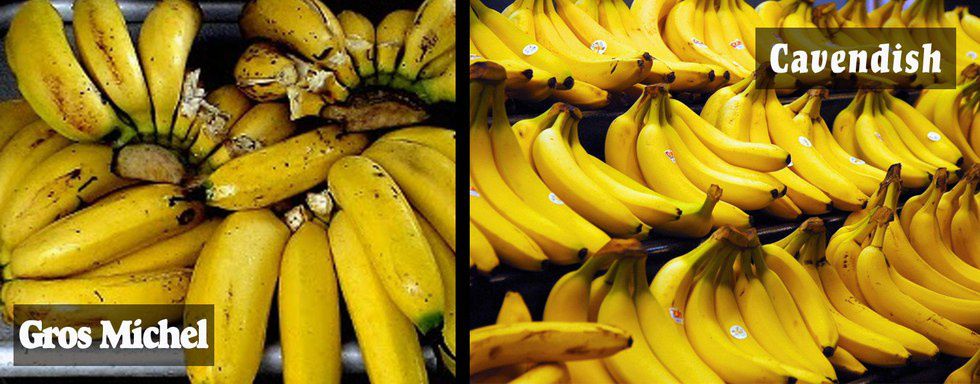Everyone loves bananas. Where would society be without them? They’ve brought happiness to so many aspects our lives from food to culture. We’ve covered them in chocolate, clothed them in pajamas, and even comically slipped on their remains, but alas, their reign of joy could actually come to an end.
Recommended for you
The Risk – Panama Disease
This may not sound very intimidating, but it is no joke. Panama Disease, the current strain being called TR4, is a soil-borne fungus that has the potential to wipe out a large-scale commercial plantation if spread. The fungus works it’s evil by infecting the root system of a plant and then blocking the flow of water and nutrients. The effects are fast and devastating.
Although Panama Disease is contained to mostly Asian countries and some parts of Africa, it can still be spread fairly easily. If a clod of contaminated dirt makes its way to a field of healthy, fungus-free soil, then it can destroy the entire field. This can happen from the soil on farming equipment, vehicles, and even shoes. Even run-off water can carry the spores to another area, uninfected area.
It cannot be stopped either. Farmers and researchers have found that fungicides are ineffective and the spores that it produces can survive in the soil for decades even after the plants are gone. The only way soil can be purged from it is through soil treatments that have such a harmful effect on the environment that it is illegal almost everywhere.
It Has Happened Before – Gros Michel
Our grandparents enjoyed a different kind of banana that went by the name Gros Michel. This type of banana exceeded our standard of banana as it tasted better, lasted longer, was more resilient, and it did not require artificial ripening. That is actually what banana flavoring tastes like. Laffy Taffy and Runts are not complete liars. Everyone was happy and then Panama Disease happened. In the 1950s, a strain of Panama disease, the less evolved TR1 strain, wiped out almost all banana plantations in Central and South America. This caused the Gros Michel to become commercially extinct and farmers had to switch to Cavendish Cultivar, our common banana today, because it was immune to that strain Panama Disease.
Is it Likely?
There is definitely a possibility.
The bananas that are eaten today are seedless and sterile. The only way more plants can be created is by the cuttings of existing ones and then basically making clones of that plant. This means that are unable to adapt and mutate to form a defense against the fungus which is why the Gros Michel fell in the 1950s.
As of right now, Panama disease is only in Asia and some parts of Africa. With three-fifths of the world’s banana’s grown in Latin America, our bananas have an entire ocean keeping them safe. But, if clump of dirt contaminated with TR4 found its way into Central or South America, the effects would be catastrophic.
So next time you take a bite of that banana split or throw a peel on Mario Kart, just stop and remember to say of prayer of thanks for that delicious fruit.





















